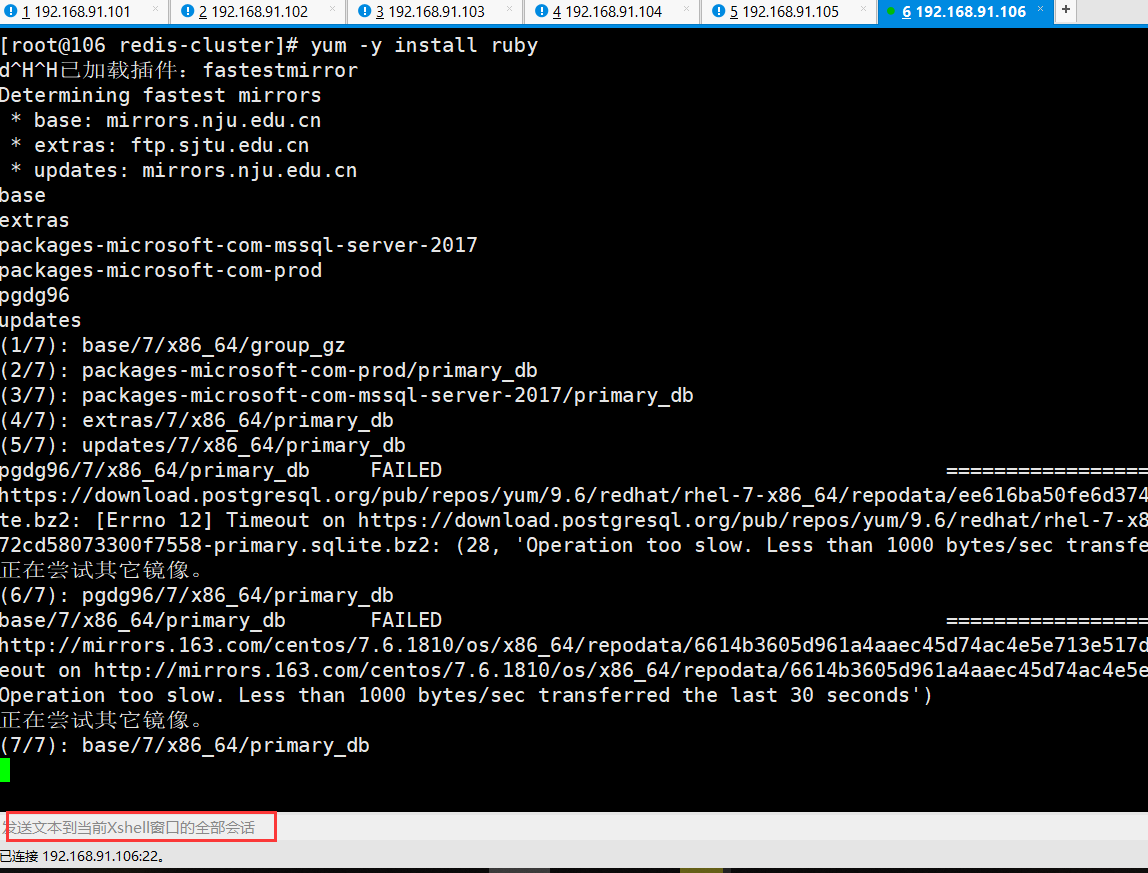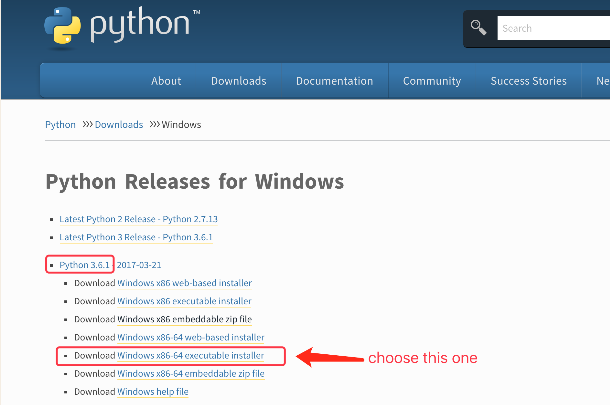我刚刚安装了黄瓜,我测试了它.我收到以下错误:
teefcomp:cucumber-intro teef$cucumber features/manage_users.feature Using the default profile... F----F Failing Scenarios: cucumber features/manage_users.feature:6 # Scenario: User List 1 scenario (1 Failed) 4 steps (4 skipped) 0m0.029s
它似乎是在抑制错误.我期待的是:
Feature: Manage users
In order to understand my user base better
As an administrator
I want to view a list of users
Scenario: User List
Given I have users named George,Mary
uninitialized constant User (NameError)
./features/step_deFinitions/user_steps.rb:3
./features/step_deFinitions/user_steps.rb:2:in '/^I have users named (.*)$/'
features/manage_users.feature:7:in 'Given I have users named George,Mary'
–backtrace,– verbose,-b和–trace不起作用;我仍然看到F —- F并列出了失败的场景,但我仍然希望在“NameError”行上有类似描述的内容.这是旧版黄瓜的特征吗? (我正在使用截屏视频开始使用黄瓜.)
解决方法
使用-b标志运行应该会给你一个完整的回溯
cucumber features/manage_users.feature -b
编辑:
此外,您可以使用–backtrace的完整符号.如果您通过rake运行,请使用–trace标志运行
要获得完整输出,可以使用–format标志.我通常使用–format pretty来逐行浏览.
来自–help输出.
-f,--format FORMAT How to format features (Default: pretty). Available formats:
debug : For developing formatters - prints the calls made to the listeners.
html : Generates a nice looking HTML report.
json : Prints the feature as JSON
json_pretty : Prints the feature as pretty JSON
junit : Generates a report similar to Ant+JUnit.
pdf : Generates a PDF report. You need to have the
prawn gem installed. Will pick up logo from
features/support/logo.png or
features/support/logo.jpg if present.
pretty : Prints the feature as is - in colours.
progress : Prints one character per scenario.
rerun : Prints failing files with line numbers.
stepdefs : Prints All step deFinitions with their locations. Same as
the usage formatter,except that steps are not printed.
tag_cloud : Prints a tag cloud of tag usage.
usage : Prints where step deFinitions are used.
The slowest step deFinitions (with duration) are
listed first. If --dry-run is used the duration
is not shown,and step deFinitions are sorted by
filename instead.
Use --format rerun --out features.txt to write out failing
features. You can rerun them with cucumber @rerun.txt.
FORMAT can also be the fully qualified class name of
your own custom formatter. If the class isn't loaded,Cucumber will attempt to require a file with a relative
file name that is the underscore name of the class name.
Example: --format Foo::BarZap -> Cucumber will look for
foo/bar_zap.rb. You can place the file with this relative
path underneath your features/support directory or anywhere
on Ruby's LOAD_PATH,for example in a Ruby gem.


